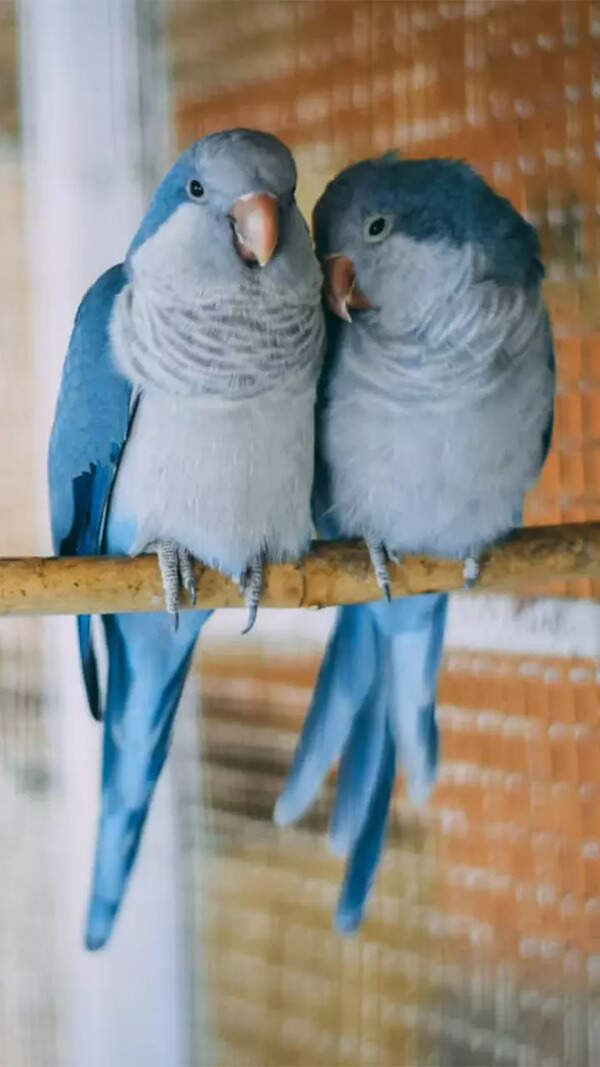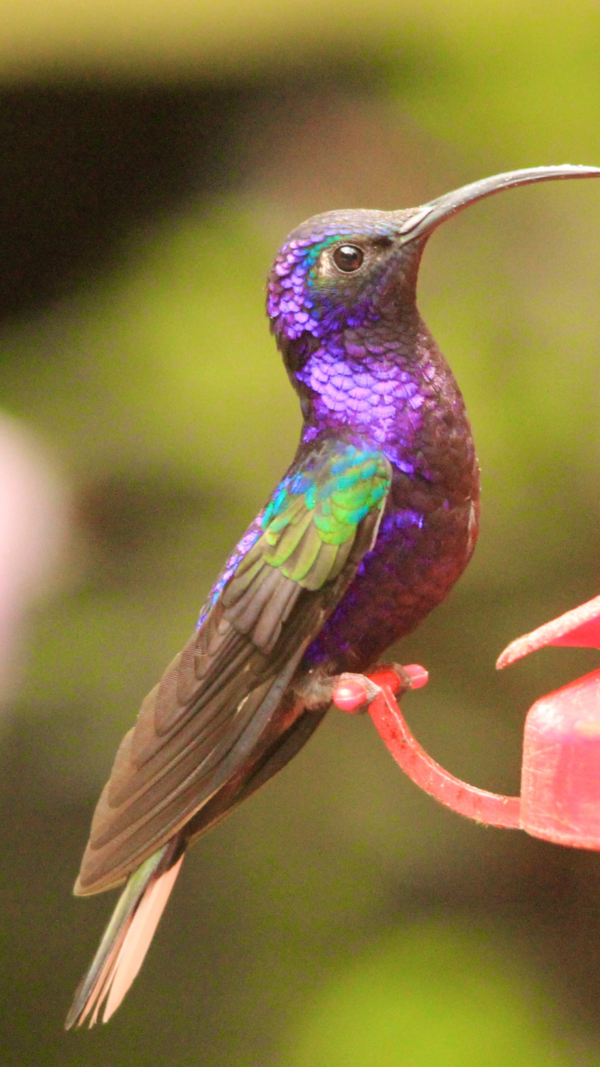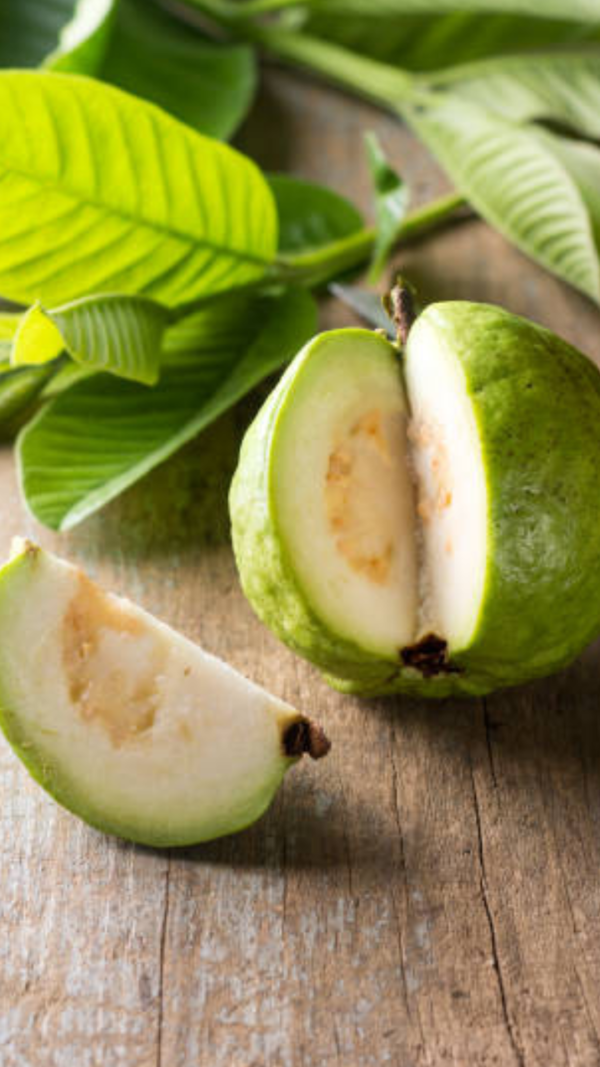- News
- lifestyle
- fashion
- style-guide
- Navratri Colours: Here is the list of nine colours of Navratri 2025 with date and their significance
Trending
Navratri Colours: Here is the list of nine colours of Navratri 2025 with date and their significance
Each day of Chaitra Navratri is associated with a specific colour, which holds significant meaning and symbolism for the nine forms of Goddess Durga.
Chaitra Navratri, celebrated in the Hindu month of Chaitra, marks the onset of the Hindu New Year and is dedicated to honoring the nine forms of Goddess Durga. Beyond its spiritual significance, the festival embodies the rich cultural and traditional tapestry of Hinduism. A distinctive aspect of Chaitra Navratri is the practice of wearing specific colors on each of the nine days, with each hue symbolizing unique attributes and holding profound religious significance. This tradition not only enhances the festive spirit but also deepens devotees' connection to the divine, reflecting the multifaceted essence of the celebration.
Difference between Chaitra and Sharadiya Navratri
One of the primary differences between Chaitra and Sharadiya Navratri lies in their seasonal context and time of celebration. Chaitra Navratri aligns with the onset of spring, whereas Sharadiya Navratri represents the arrival of autumn and speaks about harvest and abundance. The rituals and customs associated with each Navratri are different and based on seasonal influence. It also affects the change in the list of nine colours each day.
See More: Happy Chaitra Navratri 2025: Top 50 Wishes, Messages and Quotes to share with your loved ones

(Image Credits: Pinterest)
Here is the list of nine colours of Chaitra Navratri 2025 with their date and their significance.
Day 1: Yellow – March 30
On day 1, the devotees invoke Goddess Shailputri, the daughter of the Himalayas, and perform the Ghatasthapana by setting up a small Kalash filled with water and planting barley seeds. She is the first incarnation of Goddess Durga and represents nature and purity. A person wearing yellow on this day is equipped with lively and warm characteristics, whereas this colour also radiatesconsiderable positive energy.
See more: Navratri Colours 2025 | 9 Navratri Colors Full List: Nine colours of Navratri and their significance
Day 2: White – March 31
One must wear white on the second day of Chaitra Navratri and worship Goddess Brahmacharini, whose name means ‘one who observes austerity’. She is the image of knowledge and wisdom and is known to be the second incarnation of Goddess Durga. The goddess walks barefoot, dressed in an entirely white outfit, and is a symbol of serenity and purity. On this day, devotees should wear white to bestow her blessings of intellect, devotion, and tranquillity.
Day 3: Sky Blue – April 1
On the third day of Navratri, devotees worship Goddess Chandraghanta, who is known to have a crescent moon on her brow. She is the third avatar of Goddess Durga and stands for beauty and courage. Riding like a warrior on a tiger, devotees on this day serve her with chunari and kheer and wear the colour sky blue, which gives a vibrant and living feeling.
Day 4: Orange – April 2
We celebrate Goddess Kushmanda on the fourth day of Navratri. Her name signifies ‘one who created the universe’ and is the fourth avatar of Goddess Durga. Known for creativity and joy, she rides on a lion and signifies strength and stability. On this day, wearing the shade orange invokes the benefits of the goddess, bringing inspiration, joy, and prosperity. It also stands for grace, dignity, and monarchy in Hinduism.
Day 5: Green – April 3
The fifth day of Navratri commemorates Goddess Skandamata, who is known as the Mother of Skanda, i.e., Lord Kartikeya, the Warrior God. The fifth form of Goddess Durga stands for compassion and motherhood. Riding on her beloved lion, she also stands for joy, brightness, and happiness. Wearing green on this day bestows the tunes of abundance, harmony, and joys of Goddess Skandamata.
Day 6: Red – April 4
Devotees look up to Goddess Katyayani, the one born in the Katyayan lineage, and she is the sixth incarnation of Goddess Durga. Honouring her term on day 6, she stands for success and courage. Red is the colour of the day, which stands for love, desire, fertility, and peace. She also represents bravery, well-being, and protection.
Day 7: Royal Blue – April 5
On the seventh day of Navratri, we honour Goddess Kalaratri, one who is the death of time. The seventh incarnation of Goddess Durga stands for liberation and destruction. Riding on a donkey, the colour of the day stands to be royal blue and is a symbol of mystery and subtlety. She also stands for the immensity of the cosmos and the capacity to overcome obstacles. Wearing royal blue on this day invoked the protection, detachment, and transformational blessing of Maa Kalaratri.
Day 8: Magenta Pink – April 6
On the eighth day of Navratri, we worship Goddess Mahagauri, the one with a fair complexion. She is the eighth incarnation of Goddess Durga and stands for grace and beauty. Riding on a bull, it is believed to wear magenta pink on this day, which is connected to extravagance, nobility, royalty, and wealth. Worshipping the goddess while dressed in magenta pink is considered to bring wealth and prosperity to her devotees. Also, do not hesitate to ask the goddess for favours by dressing up in her shade.
Day 9: Purple-April 7
On the ninth and last day of Navratri, we worship Goddess Siddhidatri, the one who provides all supernatural powers. The ninth form of Goddess Durga stands for completion and perfection. Mounting on a lotus or a lion, she stands for diversity and peace. Wearing the vibrant yet royal shade of purple will also represent beauty, splendour, and majesty. To invoke her blessings of enlightenment, fulfilment, and completion, one can wear the splendid shade of purple in various ways.
Significance of Chaitra Navratri
Chaitra Navratri is also known as Vasanta Navratri and usually falls in the month of March or April. It marks the first day of Hindu calender and is a grand nine-day festival celebrated across Northern India mainly. During this Navratri shukla paksha of the Hindu calender month i.e. masa marks the beginning of the new year. In Kashmir, this day is called Navreh, whereas in Maharashtra, this day is celebrated as Gudi Padwa.
Significance of Sharad Navratri
Which is the most worn colour during Navratri?
Which colour to avoid during Navratri?
Final word
Adorning the prescribed shades during Chaitra Navratri is a beloved and respected tradition followed by the Hindu culture for ages. To enhance one’s festive spirit and deepen one’s connection with the divine goddess, each colour brings a separate energy that has a deep and meaningful connection with Goddess Durga. To bring positivity, health, and prosperity, wear these nine shades on their respective days and seek the holy blessings of Maa Durga.
Navratri colours: Day-wise list of 9 colors of Sharad Navratri and their significance
End of Article
FOLLOW US ON SOCIAL MEDIA
Visual Stories
Tired of too many ads?go ad free now











